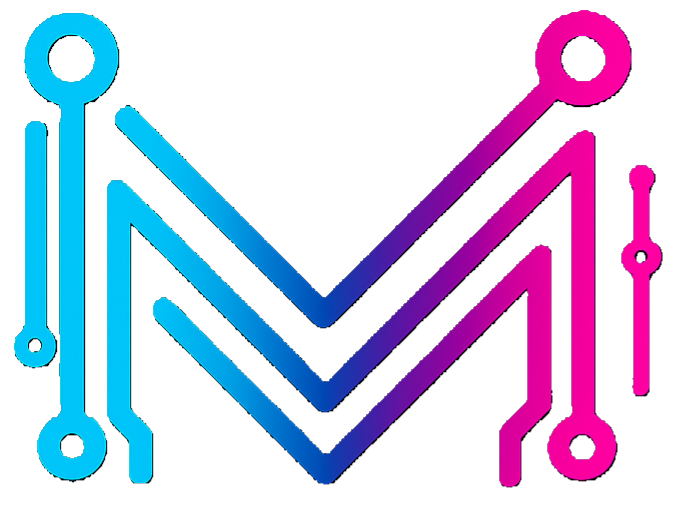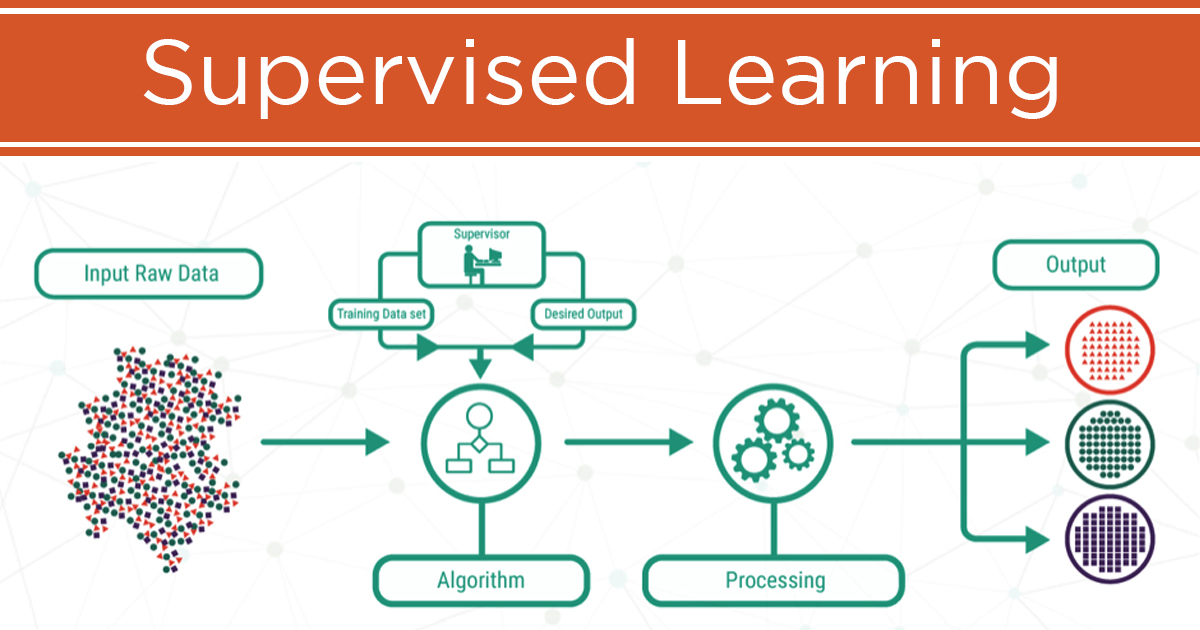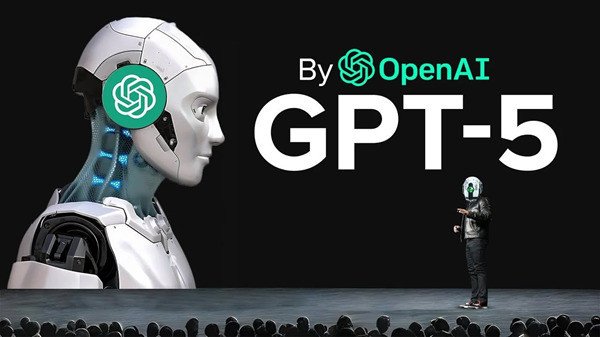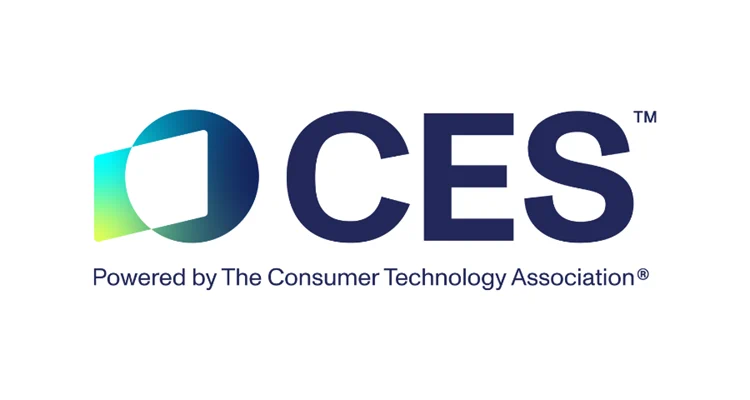Table of Contents
what is Supervised Learning ? If you’re diving into the world of AI, you’ll quickly hear about “Machine Learning,” the engine that powers most of it. But how does a machine actually learn? Well, one of the most common and powerful methods has a name that sounds like it came straight from a teacher’s handbook: Supervised Learning.
So, what is Supervised Learning? In short, it’s learning by example. It’s the digital equivalent of studying for a test with a complete answer key. You give the AI a massive, pre-labeled dataset to study, and it learns to make predictions based on that “supervised” information.
Think of it like this: you’re training a new employee for a coffee shop. You don’t just give them a pile of coffee beans and wish them luck. You show them a cup and say, “This is a latte.” You show them another and say, “This is a cappuccino.” After seeing thousands of examples with correct labels, they can eventually look at a new cup and correctly identify what it is.
That’s Supervised Learning in a nutshell. It’s all about the labeled data.
The Two Main Flavors of Supervised Learning
Supervised Learning problems typically fall into one of two tasty categories. Don’t worry, they’re simpler than they sound.
- Classification: Is it A or B?
A classification model learns to sort data into distinct categories or “classes.” The output is always a label.- Question it answers: Is this email spam or not spam? Is this picture a cat, a dog, or a hamster? Will this customer cancel their subscription or not?
- Regression: How much or how many?
A regression model learns to predict a continuous numerical value. The output is always a number.- Question it answers: How much will this house sell for? How many points will this player score in the next game? What will the temperature be tomorrow?
Real-World Examples of What Supervised Learning Does
This isn’t just a theoretical concept; you interact with the results of Supervised Learning every single day. Here are three clear examples.
Example 1: The Spam Filter in Your Inbox (Classification)
This is the classic example of what is Supervised Learning doing in the real world. Your email provider (like Gmail) has trained an AI model on billions of emails. Each email was labeled by humans or other systems as either “Spam” or “Not Spam.”
The model learned to recognize the patterns associated with spam:
- Words like “winner,” “free,” “congratulations.”
- Suspicious links or attachments.
- Poor grammar and spelling.
Now, when a new email arrives in your inbox, the model looks at it, compares it to the patterns it learned, and classifies it as either “Spam” (sending it to your junk folder) or “Not Spam” (letting it through).
Example 2: House Price Predictions (Regression)
Have you ever visited a real estate website like Zillow and seen their “Zestimate®”? That’s a regression model at work.
The model is trained on a massive dataset of homes that have already been sold. The data for each house is labeled with its final sale price. The features include:
- Square footage
- Number of bedrooms and bathrooms
- Location (zip code)
- Age of the house
By analyzing this historical data, the model learns the relationship between these features and the final price. It learns that, generally, more bedrooms equal a higher price, and a house in a desirable zip code costs more.
When you look at a new house that’s currently for sale, the model takes its features and predicts a numerical value—its estimated sale price.
Example 3: Image Recognition (Classification)
When you upload a photo to Google Photos and it automatically recognizes your friends and asks if you want to tag them, that’s Supervised Learning.
The AI has been trained on billions of images. During this training, it learns to identify the features that make up a “face.” Then, it learns to cluster faces that look similar. When you tag your friend “Bob” in a few photos, you are providing the labels. The AI learns the specific pattern of pixels that corresponds to Bob’s face.
The next time you upload a photo with Bob in it, the model classifies that face as “Bob” and suggests the tag.
The Key Ingredient: Good, Labeled Data
As you can see, the success of any Supervised Learning model depends entirely on the quality and quantity of its training data. If the labels are wrong, the model will learn the wrong things (this is often called “garbage in, garbage out”). This is why labeling data is one of the most important and time-consuming parts of building an AI.
So, the next time you get a movie recommendation or your phone unlocks with your face, you can thank the power of Supervised Learning—the smart, studious, and slightly nerdy engine of the modern AI world.
Can you think of another example of Supervised Learning in your daily life? Share it in the comments below!







Leave a Reply
You must be logged in to post a comment.